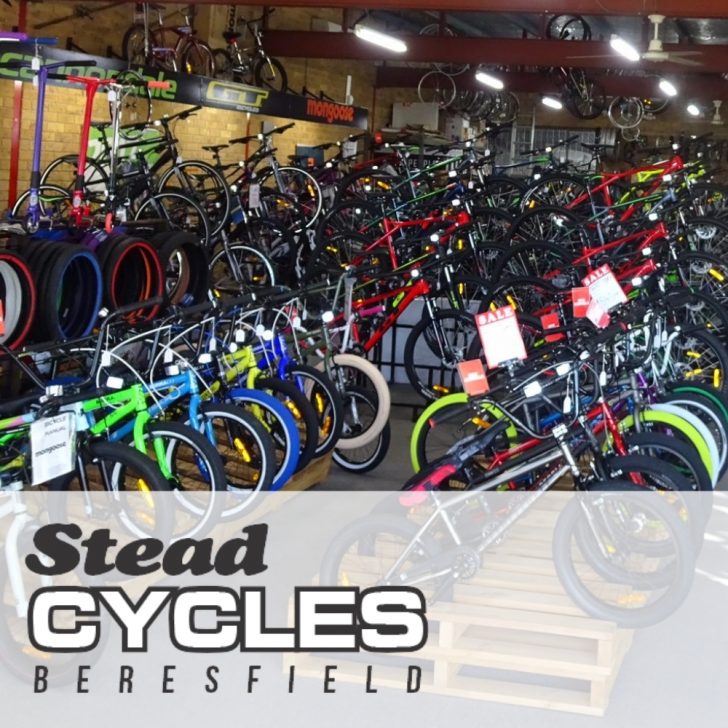You already know that the bike world is overdeveloped.
Therefore, when buying a helmet, there comes a sea of possibilities that make
it difficult to choose. There are countless brands and models oriented to one
or another discipline within cycling.
Thus, the first point to take into account is the use you make of the bike. Obviously you are not going to use the same helmet for enduro as for walking through the park with your bike.
Therefore, we must pay attention to certain variables that will help us to elucidate which is the most appropriate for what we do when we go out on the road, for a walk, or to jump in bike parks.
Of course, everything is based on our budget. So before you start, we recommend that you don't skimp too much on this add-on. The purpose is to protect us, not to decorate our head.
With this clear, we are going to explain what are the steps to follow to be clear that we are buying the helmet we need.
1. Check the helmet's homologation
It is clear that being a safety element, bicycle riding helmets must comply with standards regulated by the European Union. Any helmet manufacturer must submit their products to a series of approvals and certifications.
2. The weight of the helmet
It may seem trivial, because you will say ... what difference does it make that the helmet weighs 80 or 100 grams less? But it's not like that. The weight of the helmet, depending on the use you give it, can be a drag that, on long routes, can be a plus or cause headaches or neck pain.
Normally, the cheapest helmets tend to weigh more (above 300 gr.) It is mainly due to the quality of the polystyrene with which it is constructed.
3. Ventilation holes and slots
Pay attention to this parameter. On the bike we spend a lot of time most of the time, and the head is a thermoregulatory center of our temperature. So a poorly ventilated helmet can translate into a scorching day (especially in summer).
This factor of ventilation (more or less slots) also has a direct impact on weight. The medium and high-end ones have many grooves, which means that there are more spaces in the conglomerate of the helmet, and therefore, a considerable reduction in the total weight of the helmet.
4. The girths and occipital closure
The straps or straps should be adjusted with the 'Y' piece just below the ears for a perfect fit.
The chin closure should also give that exact point of adjustment, without pressure so that you can move normally and speak without being overwhelmed by the strap.
Of course, the helmet is always well placed on the head, no wearing it back or tilted as if you were a soldier in war movies.
Most helmets today incorporate a micrometric occipital adjustment wheel that precisely adjusts the helmet, adapting it to the perimeter of your head.
The higher end helmets even have a vertical drift of the occipital closure to give a greater play to the fit.
5. The size of the helmet
This is one of the key factors in choosing a helmet. After having checked the 4 previous points, it is time to try helmets on your head to see what your size is and, above all, which one is more comfortable for you (think that you try it on for a few minutes, but then you will wear it a few hours).
For those who do not know, the helmets also have sizes. In general, there are these measures for adults, although they may vary from one brand to another:
- Small (size S): between 50 and 54 cm.
- Medium (size M): between 55 and 58 cm.
- Large (size L): between 59 and 61 cm.
- Extra-large (size XL): above 61 cm.
For more guide and tips, visit us at Beresfield Bike Shop today!



Comments
Post a Comment